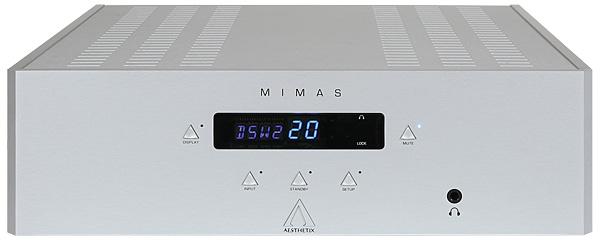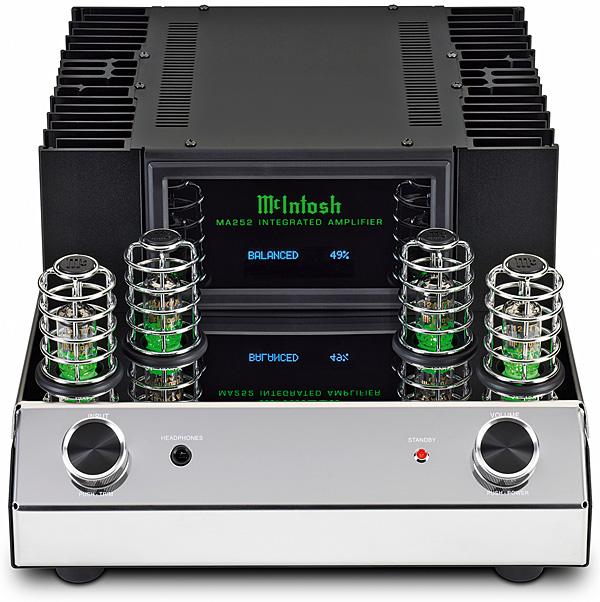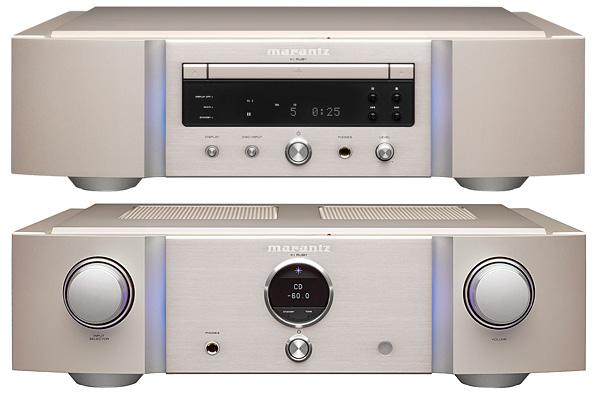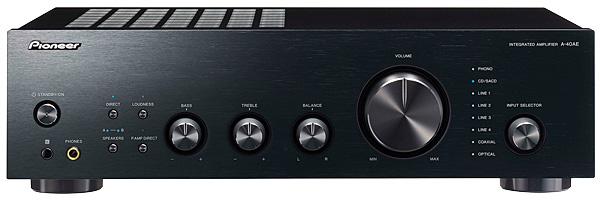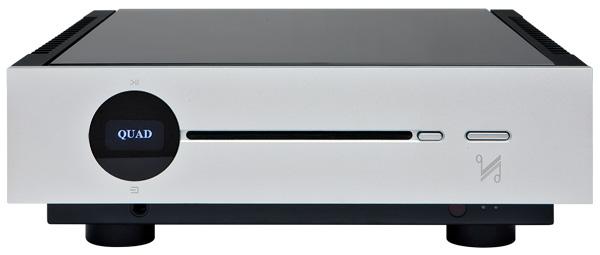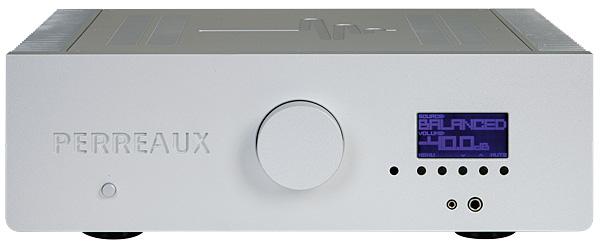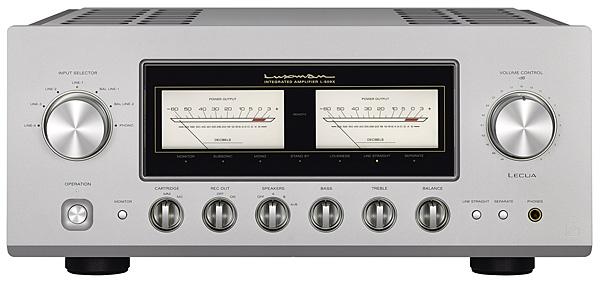|
Aug 05, 2019
|
Jul 11, 2019
|
May 23, 2019
|
Apr 18, 2019
|
Mar 08, 2019
|
Sep 01, 2018
|
Jun 01, 2018
|
Apr 01, 2018
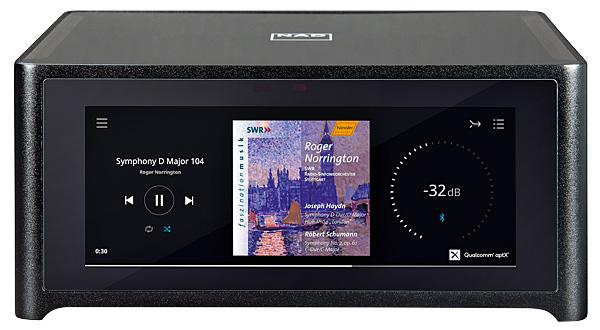
 As a major partner in the BluOS project, it makes sense for NAD to have its own all-in-one network player, and it's aiming very high with this fully-loaded, fine-sounding system
As a major partner in the BluOS project, it makes sense for NAD to have its own all-in-one network player, and it's aiming very high with this fully-loaded, fine-sounding system

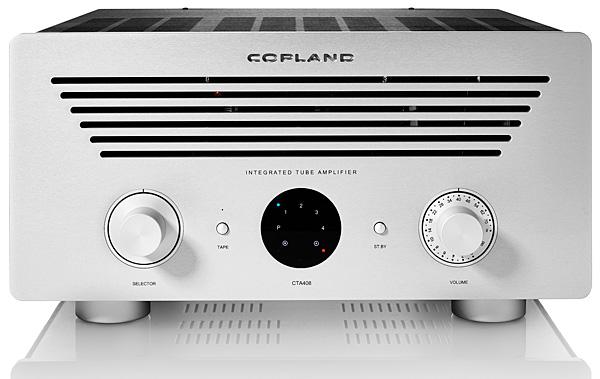
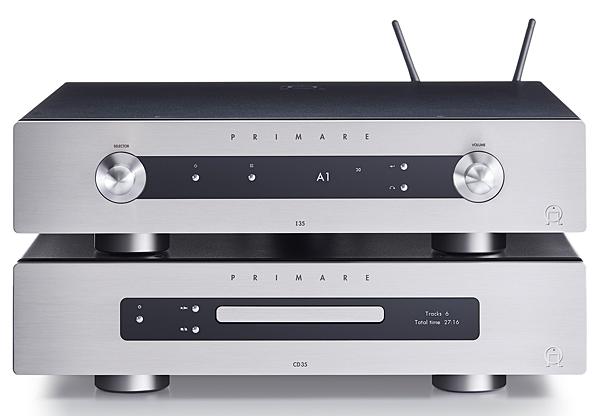
 This sophisticated, premium-priced streaming CD player and integrated amplifier combo delivers fine sound with sleek Scandinavian style, and consummate ease of use
This sophisticated, premium-priced streaming CD player and integrated amplifier combo delivers fine sound with sleek Scandinavian style, and consummate ease of use
